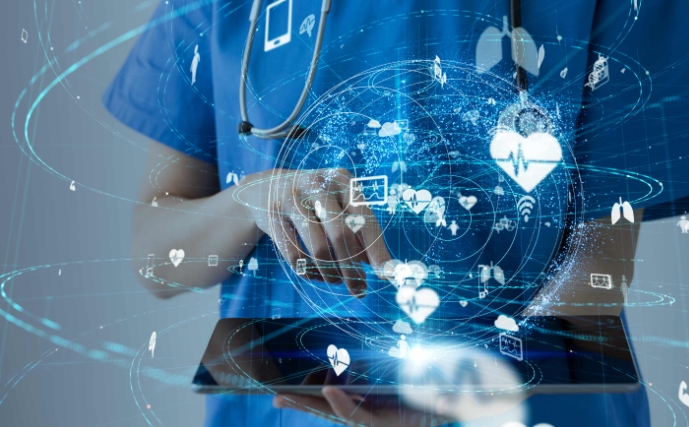Healthcare is undergoing a transformative revolution thanks to Information and Communication Technology (ICT).
Telemedicine: Bringing Healthcare to Your Doorstep
With the rise of telemedicine, patients can now consult with healthcare professionals remotely through online platforms and video calls.
Telemedicine offers convenience and accessibility, especially for those living in remote areas or with mobility issues.
EHRs: Streamlining Patient Data
Electronic Health Records (EHRs) have revolutionized the way patient information is stored and accessed, leading to better coordination of care and improved patient outcomes.
EHRs allow healthcare providers to easily share information, reducing the likelihood of medical errors and enhancing overall patient safety.
Wearable Technology: Monitoring Health on the Go
Wearable technology such as fitness trackers and smartwatches have made it easier for individuals to monitor their health in real-time.
These devices can track vital signs, activity levels, and even detect potential health issues, allowing for early intervention and prevention of diseases.
Artificial Intelligence: Enhancing Diagnostics and Treatment
Artificial Intelligence (AI) is being used to analyze large amounts of medical data and assist healthcare providers in making more accurate diagnoses and treatment recommendations.
AI can help identify patterns and trends that may not be apparent to the human eye, leading to more personalized and effective healthcare solutions.
Robotic Surgery: Precision and Efficiency in the Operating Room
Robotic surgery is revolutionizing the field of medicine by allowing surgeons to perform minimally invasive procedures with greater precision and efficiency.
These robotic systems can enhance surgical outcomes, reduce complications, and shorten recovery times for patients.
In conclusion, ICT is transforming the future of healthcare by improving access to care, streamlining data management, enabling real-time health monitoring, and enhancing diagnostic and treatment capabilities. This revolution is paving the way for a more efficient, effective, and personalized healthcare system that benefits both patients and providers alike.

